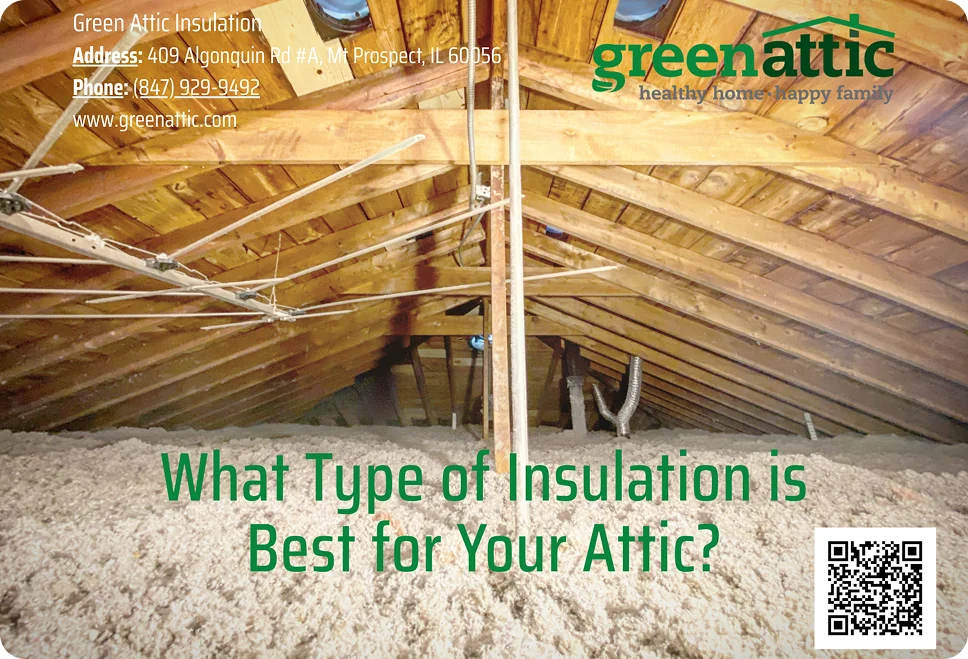Attic Insulation Service
Request a Quote Today

What Type of Insulation is Best for Your Attic?
- Fiberglass Insulation: This is one of the most popular types of attic insulation. Fiberglass batts are easy to install and provide excellent thermal insulation. They come in a variety of thicknesses, offering flexibility to achieve efficient insulation coverage for both the attic floor and walls.
- Cellulose Insulation: Made from recycled paper products, cellulose insulation is an eco-friendly option. It can be easily blown-in or efficiently installed as batt insulation, providing flexibility for a variety of attic spaces. Blown-in cellulose insulation is particularly effective for filling gaps and voids, helping to seal air leaks.
- Spray Foam Insulation: This type of insulation expands upon application, providing an excellent air seal. Spray foam insulation is ideal for hard-to-reach areas and can significantly reduce air leaks, making it a strong choice for energy savings.
- Mineral Wool Insulation: Also known as rock wool, this insulation material is resistant to fire and moisture. It offers good soundproofing qualities and can be a solid choice for attics in areas prone to high humidity.
- Foam Board Insulation: This rigid insulation material is an excellent choice for enhancing the energy efficiency of the attic's walls and roof. It provides a high R-value per inch and is effective in reducing heat transfer.
- Loose-Fill Insulation: Using materials such as blown-in fiberglass or cellulose, this type easily adapts to fill gaps and irregular spaces in the attic, providing excellent overall coverage.


Choosing the Right Attic Insulation

2. Material: The type of material used for attic insulation plays a crucial role in determining the effectiveness and performance of the insulation. Different materials have varying thermal properties, such as their ability to resist heat flow or conduciveness. Common types include fiberglass, cellulose, spray foam, and mineral wool.
What Kind of Attic Do You Have?

Cathedral Ceiling Insulation
Unlike traditional materials, spray foam creates an impermeable barrier, preventing moisture infiltration and mold growth. It also provides superior thermal performance, minimizing air leaks and reducing heat transfer between the living space and the attic or roof.

Conventional Ceiling Insulation
For proper insulation, homeowners should rely on experienced installers like Green Attic Insulation, who prioritize educating customers on the significance of attic insulation.

Suspended Ceilings
These ceilings typically have grids fitting 24-inch insulation batts. Optimal insulation uses batts with paper facing, offering some vapor barrier benefits as the paper faces downward during installation.
















.svg)
.svg)
.svg)
.svg)
.svg)
.svg)
.svg)
.svg)
.svg)
.svg)
.svg)
.svg)
.svg)
.svg)

.svg)
.svg)
.svg)
.svg)
-1.svg)
.svg)
.svg)






